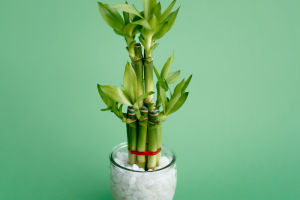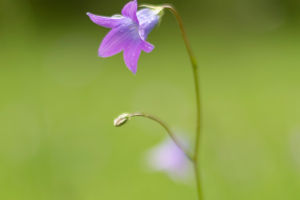Crocus flowers are among the first to bloom, signaling the arrival of spring with their vibrant, delicate petals.
These small, colorful blossoms have a unique charm and are highly prized by gardeners for their early bloom and their ability to thrive in a variety of conditions.
Lykkers, No matter you’re planting them in your garden or simply admiring them in the wild, crocuses are a beautiful reminder that warmer days are on the way.
Characteristics of Crocus
1. Size and Shape
Crocuses are small flowers, typically growing to about 3 to 6 inches tall. Their cup-shaped blossoms consist of six petals and come in a variety of colors, including purple, yellow, white, and shades of blue. The leaves of the crocus are grass-like, adding a subtle elegance to their appearance.
2. Bloom Time
Crocuses are known for their early bloom, often appearing in late winter or early spring. Some species of crocus, such as the autumn crocus, bloom in the fall, making them a versatile flower for year-round garden color. Their early bloom makes them one of the first signs of life after winter.
3. Cold Hardy
Crocuses are hardy flowers, capable of withstanding cold temperatures. In fact, they often poke through snow to bloom, making them a symbol of hope and resilience. Their ability to thrive in cooler climates makes them a favorite for gardeners in temperate regions.
Planting Crocus in Your Garden
1. Choosing the Right Spot
Crocuses prefer well-drained soil and a sunny spot, although they can tolerate partial shade. They’re ideal for rock gardens, borders, or even planting in lawns where they can naturalize and spread year after year. Plant crocus bulbs in the fall for spring blooms, or in late summer for autumn varieties.
2. Planting Depth and Spacing
When planting crocus bulbs, they should be buried about 3 to 4 inches deep and spaced 2 to 4 inches apart. This gives them enough room to spread and thrive. After planting, water the bulbs thoroughly to encourage root development.
3. Naturalizing Crocus
Crocuses are excellent for naturalizing, meaning they will spread and return year after year with minimal care. Once established, they’ll multiply over time, creating a vibrant carpet of color in your garden. They’re also resistant to deer and other wildlife, making them a low-maintenance choice for gardeners.
Types of Crocus
1. Spring Crocus (Crocus vernus)
The spring crocus is the most common variety and is often seen blooming in early spring. It’s available in a wide range of colors and is loved for its ability to bloom even in chilly weather.
2. Autumn Crocus (Crocus speciosus)
As the name suggests, the autumn crocus blooms in late summer to fall. These crocuses are larger than their spring counterparts and add a pop of color to gardens as other flowers start to fade.
3. Saffron Crocus (Crocus sativus)
The saffron crocus is prized not only for its beauty but also for its culinary use. The vibrant red stigmas of this flower are harvested to make saffron, one of the most expensive spices in the world. This crocus blooms in the fall and requires a bit more care to cultivate successfully.
The Symbolism of Crocus
Crocuses have long been associated with new beginnings and the arrival of spring. They symbolize hope, cheerfulness, and youthfulness, often appearing as the first flowers after the cold winter months. In some cultures, crocuses are also associated with love and joy, making them a popular choice for bouquets and floral arrangements.
Crocus flowers are a gardener's delight, providing early color and life to the garden. Whether you're planting them for their beauty, their resilience, or their symbolic meaning, crocuses are a wonderful addition to any garden. With minimal care and a bit of patience, these lovely flowers will reward you with their charming blooms year after year.
calm journey into the realm of beautiful crocus flowers, crocus tour
Video By flowersy


